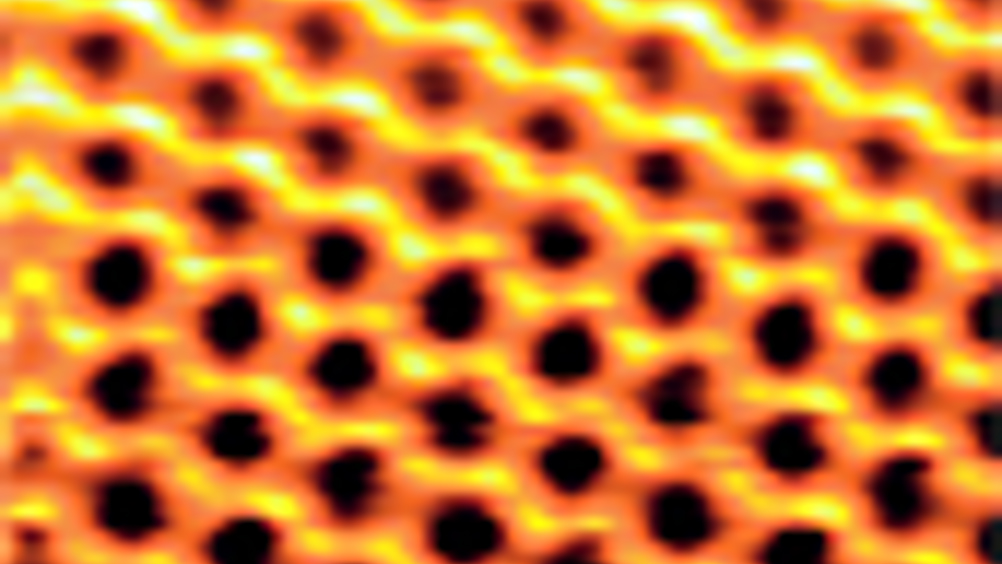New material

The university research team that discovered graphene has now introduced graphane, a novel two-dimensional material that may give scientists additional control of graphene’s electronic properties.
Graphene, which was discovered at Manchester University in 2004, is a one-atom-thick crystal with highly conductive properties. Future applications for the material are said to include electronics and photonics.
Research published today by Prof Andre Geim and Dr Kostya Novoselov, who led the group that discovered graphene in 2004, suggests its uses could be far greater.
The scientists, from the University’s School of Physics and Astronomy, have used hydrogen to modify graphene into graphane.
The addition of a hydrogen atom on each of the carbon atoms in graphene achieved the new material without altering or damaging its one-atom-thick structure. The new material is said to have excellent insulating properties, unlike graphene which is a good conductor.
‘Graphene is an excellent conductor and is tipped for many electronic applications,’ said Dr Novoselov. ‘However it was tempting to look at ways to gain additional control of its electronic properties through the use of chemistry.
Register now to continue reading
Thanks for visiting The Engineer. You’ve now reached your monthly limit of news stories. Register for free to unlock unlimited access to all of our news coverage, as well as premium content including opinion, in-depth features and special reports.
Benefits of registering
-
In-depth insights and coverage of key emerging trends
-
Unrestricted access to special reports throughout the year
-
Daily technology news delivered straight to your inbox










Water Sector Talent Exodus Could Cripple The Sector
Maybe if things are essential for the running of a country and we want to pay a fair price we should be running these utilities on a not for profit...